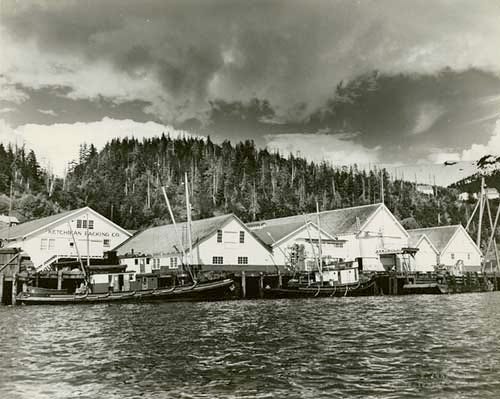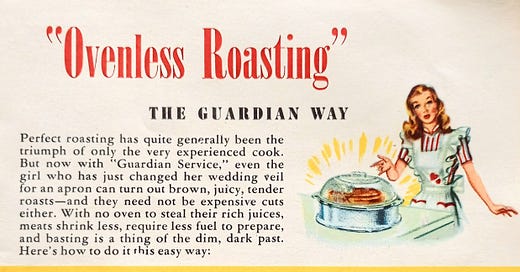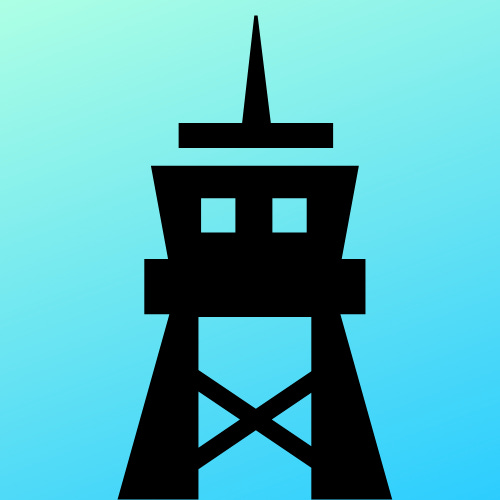From the "Dim, Dark Past"
#186: Finding Community, Kayhi's Substack, E. J. R. David, Rise and Fall of Sears, Jacob Koopman and Marlies, Ry Cooder & Flaco Jimenez, and Berklee Indian Ensemble
THEN & NOW
Finding Community
During the early to mid-1950s, I cannot recall Mom ever having a friend over to the house. It’s not like she didn’t try. She would send me across the street or next door to gift a neighbor with homemade pastry now and then. But, while the mostly white neighbors were generally friendly, and occasionally provided babysitting services, they didn’t seem interested in hanging out. I’m not sure what was going on with my Uncle Mike and his family. They may have moved to another part of town by then. They had their own issues to deal with and we didn’t see them often.
So it was mostly just Mom and me. How on earth did my mother live with that?
She subscribed to the Sears catalog. We spent a lot of time going through that thick bible of the American Dream, picking out furniture, appliances, clothing, toys, and gardening implements. I realize she must’ve gotten a lot of solace from that catalog.
That decade was also memorable to me for its many door-to-door salesmen; they all told Mom that they were veterans who had fought in the Philippines and/or were prisoners in the Bataan death march. How could you turn them away? Mom bought at least three sets of encyclopedias,1 and a set of fancy silverware in what looked like a mahogany case. She also bought a set of Guardian Service cookware—cast aluminum pots and pans, which came with a special cookbook touting processes like “ovenless roasting.” As the cookbook noted, basting meat in an oven was part of the “dim, dark past.” With Guardian, you could roast the meat right on the stove top, no basting needed!
At one point Mom bought a large Amana freezer (quite a major purchase for that time), which came with a catalog of frozen foods to order. I’ve since learned that the 1950s was “the dawn of affordable freezers.” That purchase prompted much-anticipated deliveries of items like frozen steaks, chicken, and vegetables, as well as “TV dinners.”
But shiny new products can only do so much for you. You need family and friends—and community.
I recently posted about “third places” in A Crooked Mile, where I focus mostly on mobility, local transportation, and community. Third Places are local establishments and areas that are set aside for relaxation, study, and potential community interaction. The topic is fascinating and more wide-ranging than one might think.
Where did my mom—living essentially on her own as a Filipina immigrant in Santa Cruz—find friends and a sense of local community? In San Francisco, it would’ve been easy, especially in Chinatown; San Francisco’s Manilatown was within walking distance of our apartment. In Santa Cruz, there was nothing of that sort within at least a mile of our house.
I think Mom found that community at the Birds Eye Cannery.

Although the job was grueling, noisy, and stinky, Mom’s cannery job provided a stable income and extra funds to buy items from Sears & Roebuck. It gave her a chance to meet women who had similar financial challenges and dreams for their families.
I’ve mentioned previously that Mom made friends with Italian immigrant women working in the cannery. But in time, she also met women of other ethnicities, including Filipinas.
The cannery was certainly not a “third place.” It wasn’t a “hang out,” and you couldn’t sip an espresso there while reading your favorite book. But you could chat during lunch breaks and learn about your co-workers and their lives. You could learn about other neighborhoods, and get leads on other jobs. You could share food. If there was a strike, you had potential supporters.
So far, I haven’t come across any letters mentioning Mom’s job. That seems odd, since it was a big change for her, and helped to ease some of our family’s financial strain. This wasn’t the first time one of my parents worked in a cannery. During the 1930s and early 1940s, Dad worked at a fish cannery in Ketchikan, Alaska. Sadly, I know very little about his “Alaskero”2 days.

“Life as a Filipino Cannery Worker in Alaska: Challenges and Triumphs,” by Mario’s Filipino Channel.
RABBIT HOLE
Psychology professor E. J. R. David talks about his Filipino-Athabascan family and their life in Alaska:
E. J. R. David was also on The Moth Storytelling Hour with his story “Make Noise.”
“Abandoned,” the rise and fall of Sears (Bright Sun Films):
SOUNDINGS
Jacob Koopman and his sister Marlies Koopman cover Cyndi Lauper’s “Time After Time”:
Ry Cooder and Flaco Jimenez play “Maria Elena,” a song that I always thought was Filipino, because it was performed so often by Filipino bands in the US. But I recently learned that it was written by Lorenzo Barcelata of Tlalixcoyan, Veracruz, Mexico. This was filmed by Les Blank in Santa Cruz, 1987:3
Berklee Indian Ensemble, featuring Shankar Mahadevan and 5 Peace Band:
My gratitude goes to everyone who reads Eulipion Outpost regularly, and especially to those who have subscribed or donated on my Ko-fi page to support my efforts.
My ongoing appreciation goes to the Mysterious M. for his excellent editing skills.
Website and blog: Jeanvengua1.wordpress.com
A Crooked Mile (a blog)
CommonwealthCafe (Filipino American & AAPI history and print culture)
Eulipion Outpost is a reader-supported publication. To receive new posts and support my work, consider becoming a free or paid subscriber.
The Encyclopedia Britannica, the Book of Knowledge, and the World Book. I think she was prepping me for college!
In the early and mid-20th century, Filipino workers in Alaska called themselves “Alaskeros.”
Although I saw Flaco Jimenez perform live in Santa Cruz during the 1980s, I missed this concert with Ry Cooder.





